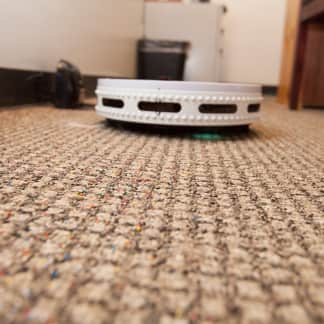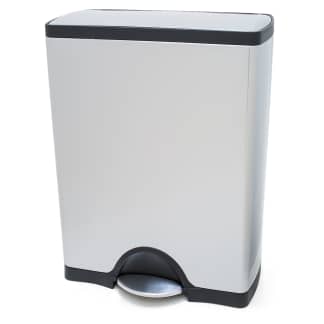While Rosie, the house-cleaning robot from the Jetsons, may once have seemed like a science-fiction fantasy, floor-cleaning robots have become increasingly commonplace in American homes. According to Statista, as of 2018, 12 percent of American households own a robot vacuum and that number is only growing. A large portion of these machines are robotic vacuums, which have increased in intelligence and complexity over the last decade—starting out as wimpy vacuums that bounced around rooms randomly and evolving into high-powered, smart vacuums that use lasers and cameras to plot the most efficient paths through rooms. The technology is constantly changing, but when we last tested robot vacuums we found that they weren’t a replacement for regular vacuuming and were best used as a way to maintain your floors between deeper cleanings. At that time, robot vacuums were just starting to add mopping capabilities, but we were largely unimpressed with these settings; they mostly amounted to the vacuum running its usual route with a damp cloth attached.
If you’re a cook, you know the daily struggle of trying to keep a kitchen floor clean. While our favorite robot vacuum is adept at picking up food scraps and other debris, it stops short of actually scrubbing the floors. Manufacturers have started to bridge the gap by making dedicated robot mops intended to mop hard-surface floors. Can they offer a hands-off solution for keeping kitchen floors sparkling?
We tried four robot mops, priced from about $175 to about $500. Three of the models were made by iRobot, which owns the Roomba brand. We didn’t include any hybrid vacuum/mops in this testing; we’ll evaluate them in a separate review. We used each robot to sweep (a setting similar to running a dry cloth along the floor) and mop hard-surface spaces ranging from a small, 24-square-foot bathroom to a 100-square-foot kitchen. We ran the robots on linoleum, wood, and tile surfaces, evaluating each robot’s ability to sweep up measured amounts of garlic skins, cereal, and carrot peels and mop up set-in smoothie, coffee, and ketchup stains.















